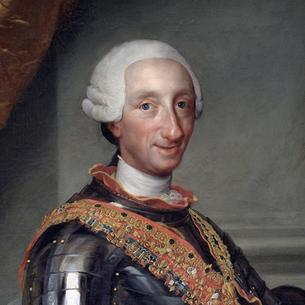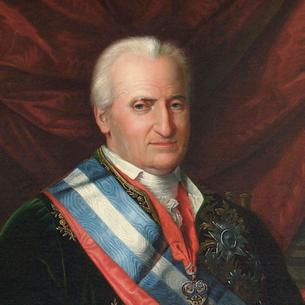Coins of Chile
Total added coins: 480
Which Chile coins are worth money?


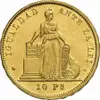
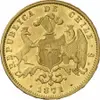






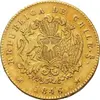
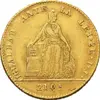




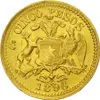

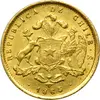
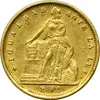






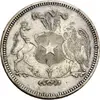
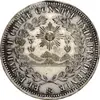
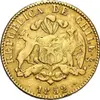



















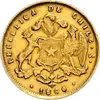
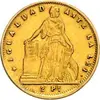

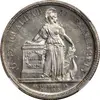
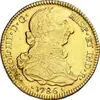
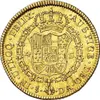










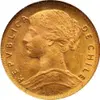
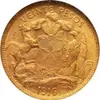







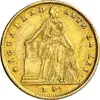


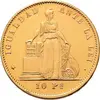
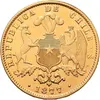
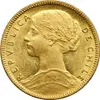
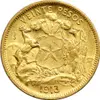






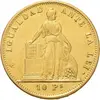




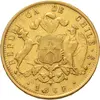


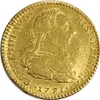
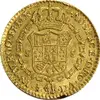


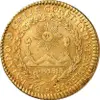
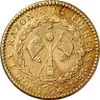
Coinage of Chile
The Viceroyal Coinage in Chile
The history of coins in Chile began in 1749 with the opening of a mint in Santiago. The said mint used coining presses to produce silver coins denominated in half real, 1, 2, 4, and 8 reals, and golden ones denominated in 1, 2, 4, and 8 escudos. In 1790, quarter real was introduced as a small silver coin.
In the viceroyalty era, mainly golden coins were minted, especially 8-escudos coins. Silver coins are rare and sought after by collectors, especially 8 reals; small golden coins are also very rare.
The War of Independence and the Subsequent Decades
Chile started minting its own coins in 1817. Just like other new American republics, it used the Spanish metrological standard but included symbols of the new-born state. So, the first republican years are characterized by admirable golden and silver coins denominated in reals and escudos, accordingly. It should be noted that the 8-reals coin had the name of peso, which was a popular name for that coin. In 1834, the symbols of the Chilean state were changed and a new coat of arms was introduced and it remains to be the coat of arms of Chile nowadays.
It is noteworthy that, even though Santiago was lost, there were some pockets of royalists’ resistance in Chile. Those royalist forces minted some obsidional coins in Valdivia and Chiloé (obsidional means that coins were issued for use during a siege). The Chilean government also opened a short-lived mint in Coquimbo which only minted a few silver coins dated in 1828.
The Decimal System
In 1851, Chile adopted a decimal system. Like other countries in Latin America, a bimetallic system was initially defined following the French pattern.
The basic unit was the peso, i.e., a coin equal to 5 French francs. The peso weighed 25 grams and was made of .900 silver and thus was not equal to the older peso that had 27 grams. The peso was divided in centavos. So, in the second half of the 19th century, copper coins with the value of half centavo, 1, 2, and 2.5 centavos were minted. In addition, silver subunits were produced: half décimo, 5 centavos, 1 décimo, 10 centavos, 20 centavos, and 50 centavos. Regarding the gold coins, they had the values of 1, 2, 5, 10, and 20 pesos. Silver coins usually represent a condor while golden ones represented an allegory of the republic. These coins are very beautifully designed.
Another essential change took place in the second half of the 19th century: the gold standard was adopted in 1885, and the peso was linked to the pound sterling. Despite this, there were no changes in the denomination of coins. According to the exchange rate established, 13 ⅓ pesos were equal to one pound; that rate was reduced to 40 pesos per one pound in 1926 when the newly created Central Bank of Chile took control of the currency.
In 1925, the condor became a monetary unit equal to 10 pesos. Coins less than 10 pesos were thus denominated in pesos while coins with greater value — in condors. Over the following decades, Chile suffered a strong inflation making it extend the nominal value of its coins. As a result, coins denominated in centavos disappeared and non-noble metals displaced silver out of circulation.
In 1960, due to the said inflation, the escudo became the Chilean monetary unit, and 1 escudo was equal to 1000 pesos. Coins were issued with the values from half escudo to 100 escudos. However, those coins failed to sustain inflation that became more acute in the early 1970s.
In 1975, the peso became the Chilean monetary unit again. 1 peso was equal to 1000 escudos and coinage was composed of coins from 1 centavo to 10 pesos. Nevertheless, a strong inflation continued until the 1990s, and therefore centavos disappeared and coinage got extended to 500 pesos. In fact, 500 pesos is the coin with the highest denomination in Chile nowadays.
Adolfo Ruiz


